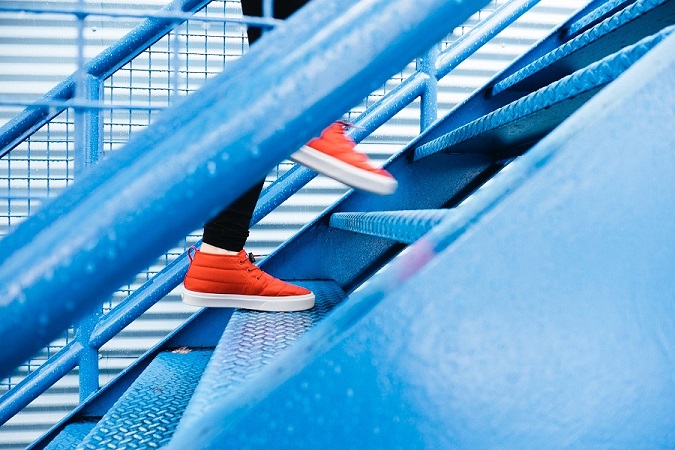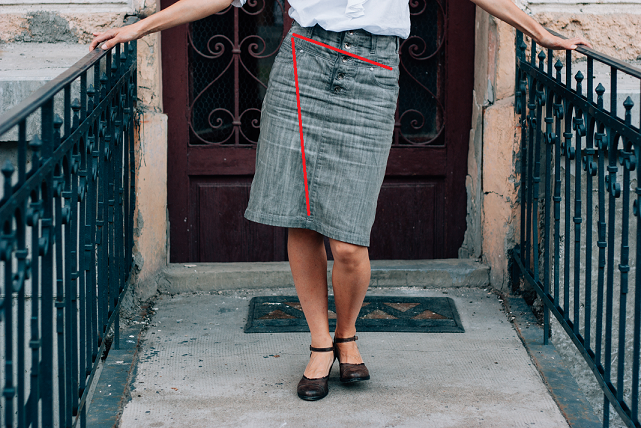Lateral Hip Pain Part 1
PART 1 GLUTEAL TENDINOPATHY
THE ANGRY HIP
We often see patients referred to physiotherapy suffering from lateral (side) hip pain. There’s been a shift in evidence from supporting the belief of changes within the bursae and iliotibial band (ITB), to now the primary pathology being tendinopathy of the gluteus medius and/or minimus tendons. Gluteal Tendinopathies… let’s refer to it as GT, shall we.
Lateral hip pain associated with soft tissue pathology affects about 25% of the general population. This includes up to 23.5% of post menopausal women (Segal et al 2007, Willams & Cohen 2009).
Physios now know that compression around the hip joint is a key contributing factor to side hip pain and changes to the tendons over time (GT). Our tendons (flexible but inelastic cords of strong fibrous collagen tissue) don’t like to be pinched, poked or compressed over and over again. For example, your hip tendons being compressed against a hard surface, such as lying on the floor, a hard mattress or even your hip bone. Tendons are only able to handle certain amounts of load, in certain time frames or the structure’s integrity starts to change and wear.
Clues someone may have a GT:

- pain over the greater trochanter (side hip/ hip bone) that refers down the side thigh, sometimes even into the side of the knee
- pain that refers back into the buttock
- pain when sleeping on their side i.e. on the sore hip at night time
- pain walking uphills, stairs or getting dressed
- pain with sitting for a long time and when they go to stand, they experience pain on the first few steps
- pain with sitting legs crossed, or on a lounge and hips past 90 degrees
- pain when standing for long periods
- pain with sport, during or after
Now, if you have some or all of these, that does not 100% mean you have GT! Many other conditions could also have a similar presentation. This is why we always recommend patients have a thorough physical assessment with a physiotherapist. So important!
Trends we see at the physio clinic:

- very common in post-menopausal women
- people increasing their activity/training levels too quickly, from nothing to 5-7 sessions per week. Someone who has never taken up running before, deciding to run back to back days of 5 km etc (too much too quickly and their hip structures get overloaded)
- patients reporting increasing their amount of hill/stair running, step aerobics when they lack stability in and around their pelvis, is a trigger to set off hip pain
- common in men who sit all day long, with their legs spread, this places increased compression load on their lower limbs
Other contributing factors to GT:

- poor postural habits and movement habits
- e.g. standing and hanging on one hip, “popped” (patients hang on the ITB in adduction- with the abductors lengthened). This reduces the ability of muscles to function in their inner range. Think of the mum that carries her children or laundry on her hip.
- moderate pelvic lateral tilt and shift increases the lateral loading
- poor recruitment of the deeper abductors – too much superficial (glut max and TFL) muscle compensation
- leg length difference, can also increase lateral load by increasing amount of hip adduction and abduction at rest
I once had a runner who came in complaining about his right side hip after he had drastically increased his running distance. He was training for a marathon, and would do hundreds of laps at a local sporting field. When we reviewed his training regiment, we concluded that he only ran around the track in one direction…therefore one leg was slightly adducted for the entire duration of his runs.
What to do now?
As physios, we commonly see patients who present that have been unresponsive to treatment for their primary diagnosis, such as greater trochanteric bursitis or referred back pain. Patients that continue to experience symptoms may be experiencing GT and will respond better to specific rehabilitation.
If you, or someone you know is complaining of persisting hip pain, they may have a gluteal tendinopathy and may need a review by a physiotherapist.
If you are interested to learn more about what we do next, once we have assessed our clients as having a gluteal tendinopathy, please look out for our next blog regarding treatment, education and specific rehabilitation. Or if this is already starting to sound like you, call us today to make an appointment on 0284019320 and let our team assist you in your recovery.

